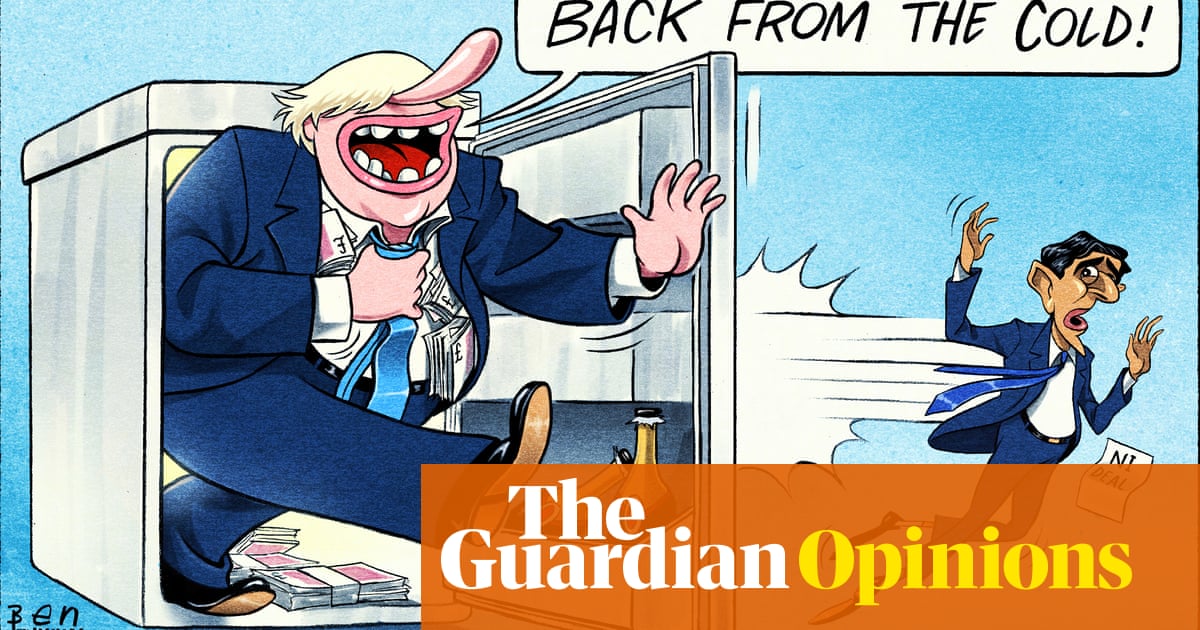
NEW YORK (Reuters Breakingviews) - The last time Goldman Sachs reported a return on equity of more than 30%, in the final quarter of 2009, the world looked very different. These days banks are safer, and the United States is on the cusp of a post-pandemic recovery rather than a post-crisis slump. What remains the same is that such windfalls tend to be fleeting.
Goldman’s first-quarter blowout was even bigger than expected. Its global markets business, which includes trading securities, generated revenue of $7.6 billion, over 50% higher than forecast by analysts polled by Refinitiv. Income from underwriting equities was a record $1.6 billion. It was a similar story at JPMorgan, where income from stock and bond issuance rose 64% and trading income swelled 25%.
Goldman’s annualized return on equity of 31% is all the more remarkable because the denominator is so much bigger. Back in 2009, Goldman had around $64 billion of equity, versus $88 billion now. Regulators have made sure banks are better padded and more able to cope with risks like the collapse of hedge fund Archegos Capital Management, which Goldman appears to have escaped without a scratch.
Outsize gains are likely to be as transitory as they were in 2009, though. Executives aren’t pretending otherwise. Goldman Chairman and Chief Executive David Solomon has been trying to beef up more stable activities like deposit-taking and lending. The more volatile parts of Goldman’s business – trading and investments on its own balance sheet – brought in 55% of revenue in the first quarter, the highest share in eight years.
The catch is that more prosaic business lines are muted right now. JPMorgan made as much revenue from trading and underwriting as from its colossal consumer bank. Total loans at the firm run by Jamie Dimon fell by 4% year-on-year. Lending at Wells Fargo, which also reported first-quarter results on Wednesday, dropped 15%.
That explains why investors aren’t too excited. Back at the end of 2009, Goldman Sachs traded at around 1.3 times its estimated book value for the next 12 months, roughly the same as now. JPMorgan’s multiple has doubled over the same period. Trading booms are great while they last, but experience has taught that they generally don’t.












